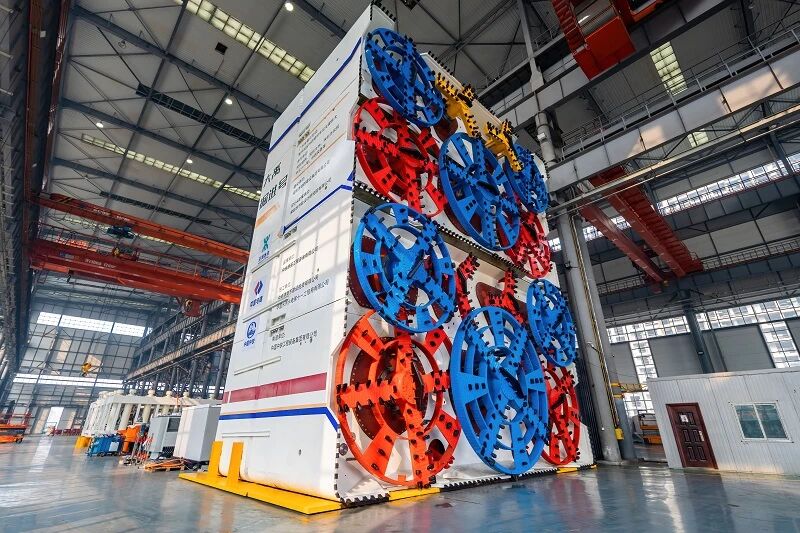Recently, the International Society for Trenchless Technology (ISTT) announced and presented the 2025 ISTT No-Dig Award Winners. The "Close-Fit, Twin Tunnel Pipe Jacking Technology for Subway Station Construction", led by Chen Xiangsheng, Dean of the College of Civil and Transportation Engineering, Shenzhen University (SZU) and Academician of the Chinese Academy of Engineering, received the New Technology award. This marks another significant recognition for the technology, following its inclusion in SZU's Top 10 Scientific Advances of 2023 and its receipt of the 2024 China Trenchless Outstanding Technology Award.

Conventional open-cut and cast-in-place methods for underground metro station construction often require occupying urban roads, excavating large amounts of earth, and involve extended construction periods, high carbon emissions, and significant environmental impact. The award-winning "Close-Fit, Twin Tunnel Pipe Jacking Technology for Subway Station Construction" is an international pioneering achievement. It integrates a novel prefabricated structural design concept, the research and development of super-large rectangular pipe jacking equipment and complete construction techniques, as well as intelligent management and control technologies covering the entire lifecycle of station construction, operation, and maintenance. The technology has overcome a series of critical technical challenges, including high-precision assembly of oversized pipe segments within shafts, deformation control of strata and box culverts during pipe jacking underneath, and alignment control of closely aligned jacked tunnels. It significantly enhances the environmental sustainability and intelligence of engineering construction, offering a new pathway for high-quality development of urban underground space.

The technology has secured 12 invention patents, applied for 3 provincial- and municipal-level construction methods, and published 41 research papers. The research outcomes effectively address the environmental challenges posed by traditional open-cut and cast-in-place methods for building underground metro stations in urban areas. This technology has been successfully utilized at the Shasan Station on Shenzhen Metro Line 12 and the Huajiachi Station on Hangzhou Metro Line 18, marking a major breakthrough in China's advancement from equipment to construction technology systems in this field. This progress has sparked a transformation in metro station construction technology.
On November 6, Professor Keh-Jian Shou, President of the ISTT from National Chung Hsing University (Taiwan), visited the College of Civil and Transportation Engineering at SZU for an exchange and presented the certificate and trophy to the research team.
ISTT is a globally recognized authority in the trenchless engineering field. Its annual awards aim to select and honor outstanding global achievements in trenchless technology, including projects, technologies, or individuals.

